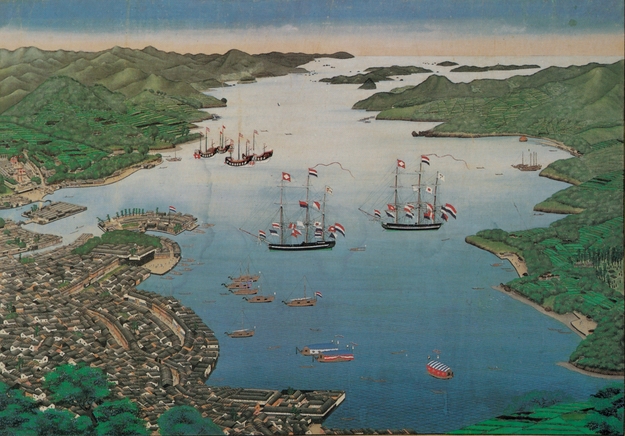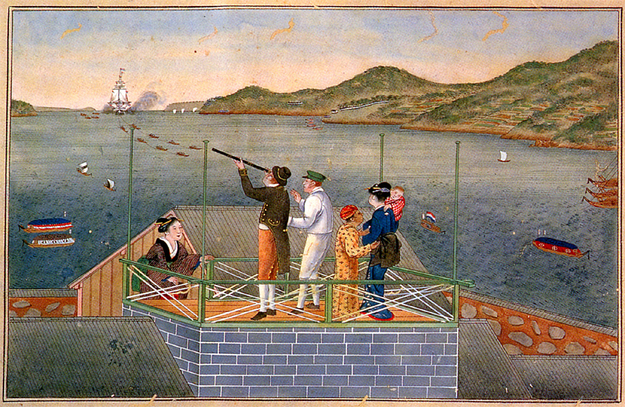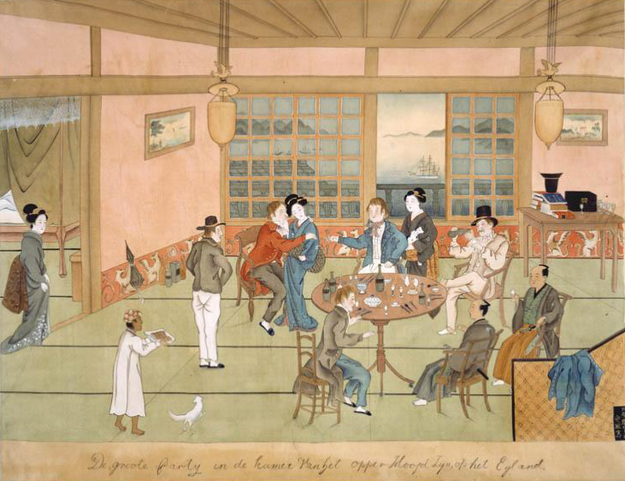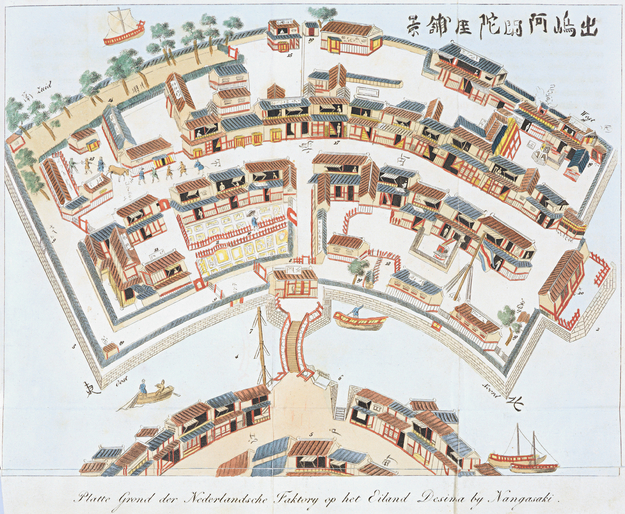Cinnamomum Camphora, the fragrant camphor tree. A possibly large evergreen tree, with pale bark and dots of white flowers which will eventually bloom into small purple berries. While sight of the camphor tree is quite magnificent in itself, especially if it is the ancient camphor tree in Japan for example, the tree is more famous for its scent. In fact, the aroma of it is so distinct that it implores a stand-alone adjective: camphoraceus. It lies somewhere between eucalyptic and herbal, one might suggest. Be that as it may, the smell in itself seem to be bring out a neutral emotion, and depending on the person. A study was conducted in 1999 that requests for participants to complete “a hedonic scale to rate the “pleasantness” or “unpleasantness” of odours” (Vernet-Maury, 1999). The results found:
“Camphor was an intermediate, associated with “happiness” or “surprise”—characteristics of the “pleasant” odourants (ethyl acetoacetate and lavender), but also linked to “sadness”, which differentiated it from these odours. Despite the “sadness” rating, the emotions associated with camphor were all different from those associated with acetic and butyric acids, used as the “unpleasant” odourants” (Vernet-Maury, 1999).
Of course, the neutrality of the scent might be due to the fact the camphor has been an important substance used for various reasons throughout history, especially in the East where it is indigenous. In China, camphor is often used as an analeptic or circulatory stimulant. In Japan, camphor is added in fireworks to make them burn brighter. In the 14th century, camphor was used as a fumigant during the plague. In other times, camphor mixed with rosewater is used to perfume corpses before shrouding. And the lucrative camphor trade is one in which the VOC partook.
First ever noted participation of the Dutch in camphor trade was noted in Sunda Calapa, Java. There was “great store of frankincense, pepper, camphor, and some diamonds” in the late 16th century (Donkin, 1999). By the 17th century, the Dutch had become the principal middleman of camphor, between Southeast Asia and Europe. But trade was not only between the East Indies and Europe; Japan was the key. C. Camphora in Europe was known through Japan, exclusively. The first illustrations and descriptions of the tree, by way to the Dutch, was known through a sample from Japan (Donkin, 1999). In fact, author of Systema Vegetabilium, only knew the camphor tree as native to Japan. And during the mid-Edo period, Japan was exporting camphor for other Dutch-controlled goods like sugar, pepper, and woollen cloth. This was recorded, for example, at the port of Dejima, an island in Nagasaki. It was the only VOC trading post in Japan due to the isolationist foreign policies of the Edo period.
Dutch ships came to Dejima, from Batavia, by way of the Taiwan straits. In the span of 227 years of trading, approximately 600 Dutch ships had landed on its shore and trade never included mere goods but knowledge as well. In a way, Dejima was Europe’s only window into Japan, and it was also Japan’s window into the West. During this time, the VOC took advantage of other Japanese goods and ideas, the chief item being silver, camphor, ceramics, and of course, books. And all these imports went back straight to Holland and other parts of Europe, and sometimes India along the way.
What is interesting to note is the ubiquity of camphor's use in the Far East. Even before the Dutch, camphor was already exported from Japan and China, to ports such as the ancient Langkasuka of the Malay archipelago. There, camphor was known as lung-nao-hsiang (dragon's breath perfume) (Donkin, 1999). It is not known only for its aromatic quality, but for its healing properties as well. And though it was never as valuable as other imported goods such as spices, camphor’s place in the Netherlands was a sign of far-reaching the VOC was during the Dutch Golden Age. Having a trading post in the Japan during a time of national inclusivity was a major feat. Therefore, it brought a new nationalistic meaning to the hints of camphoraceous cargo brought into the Amsterdam port by VOC ships.



